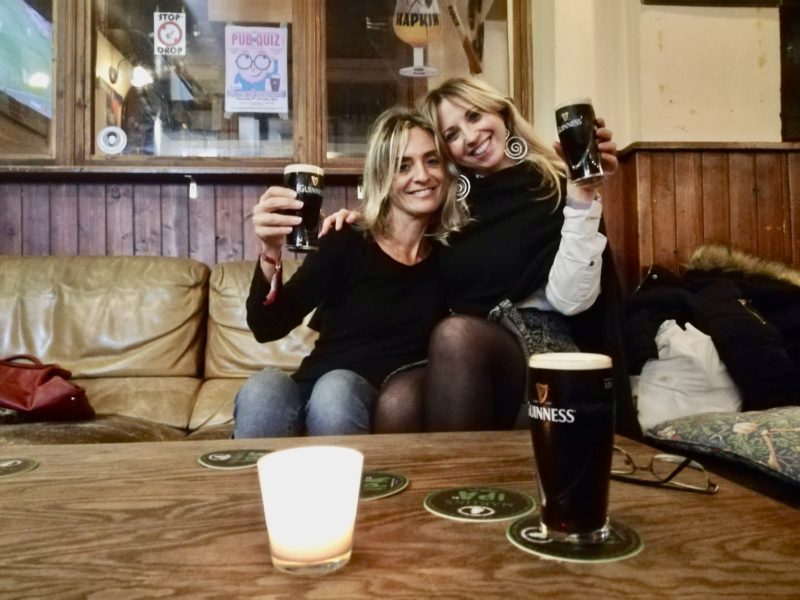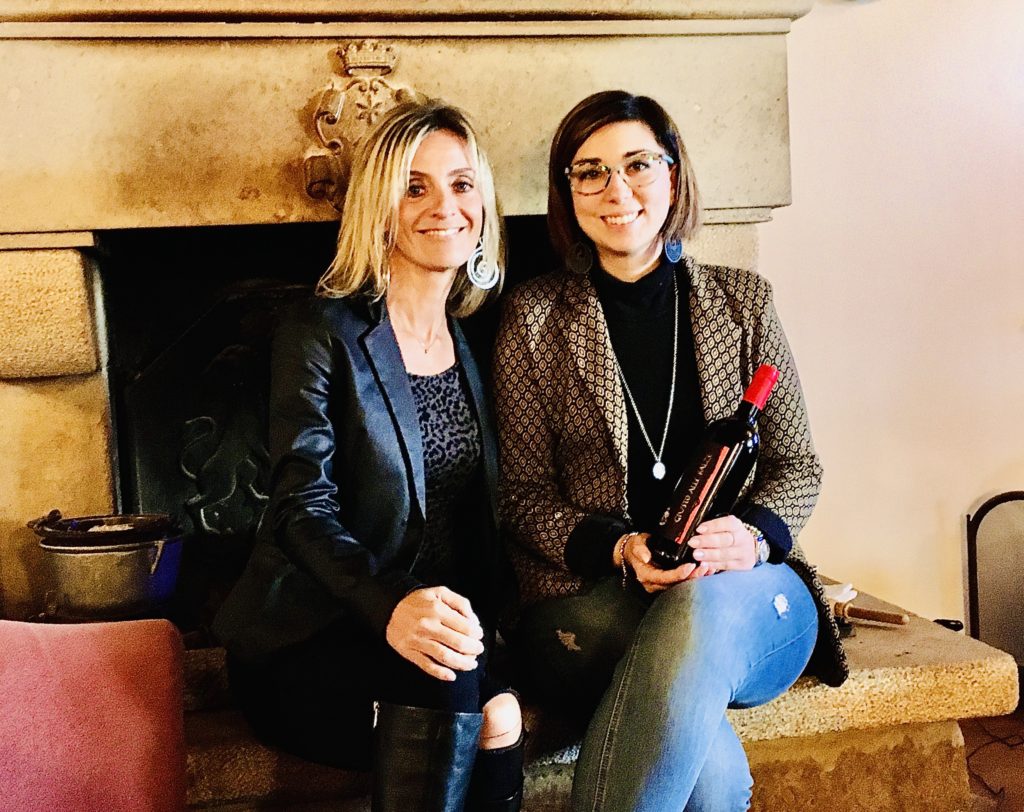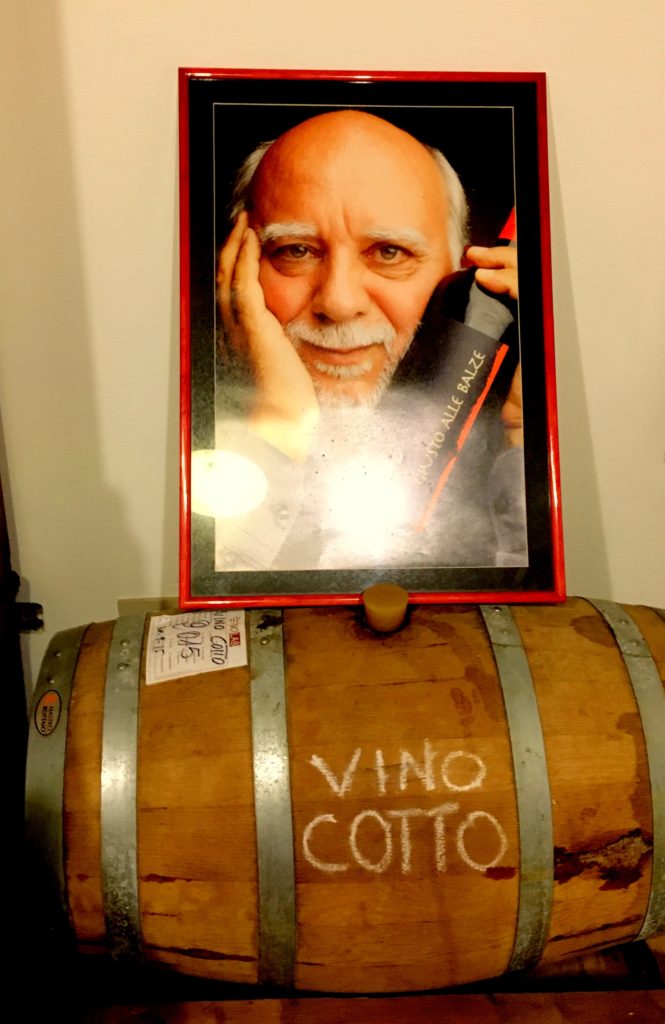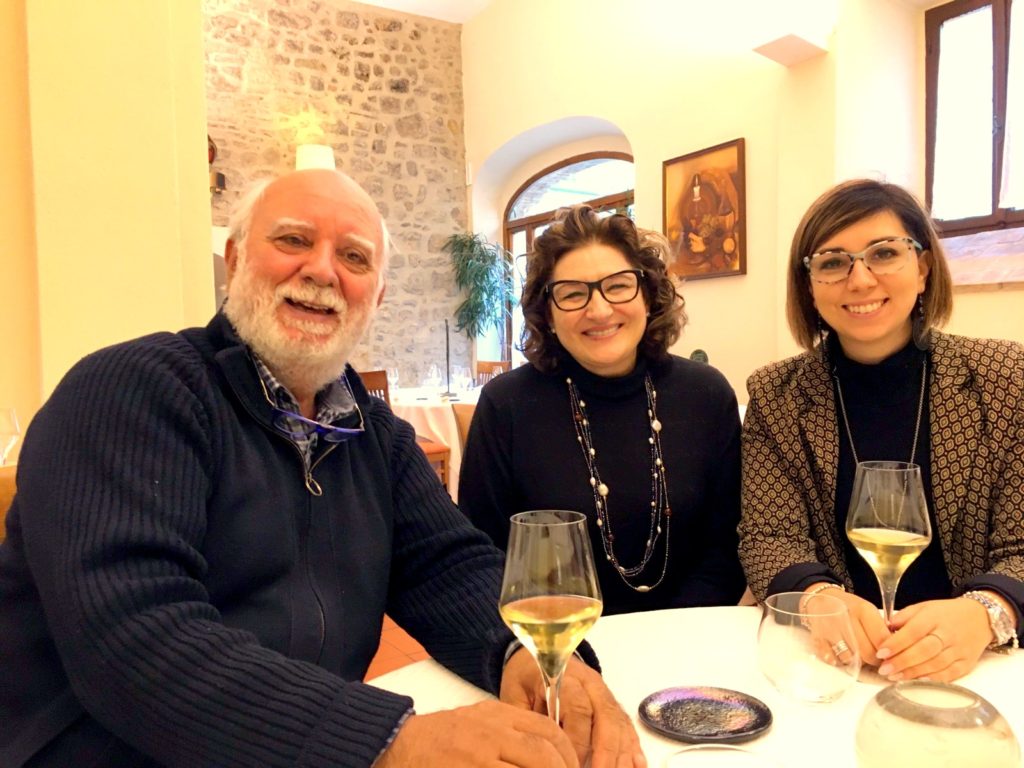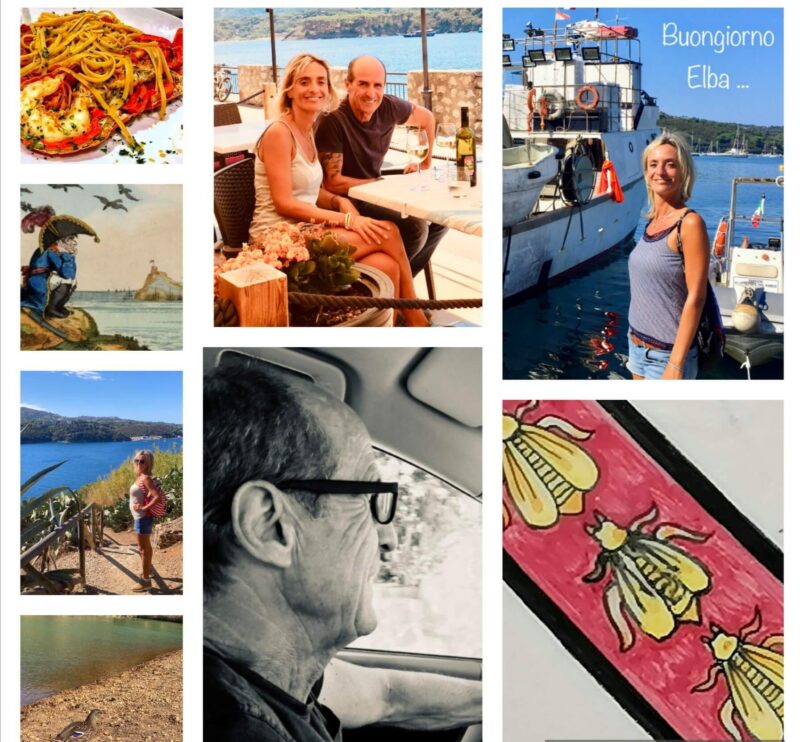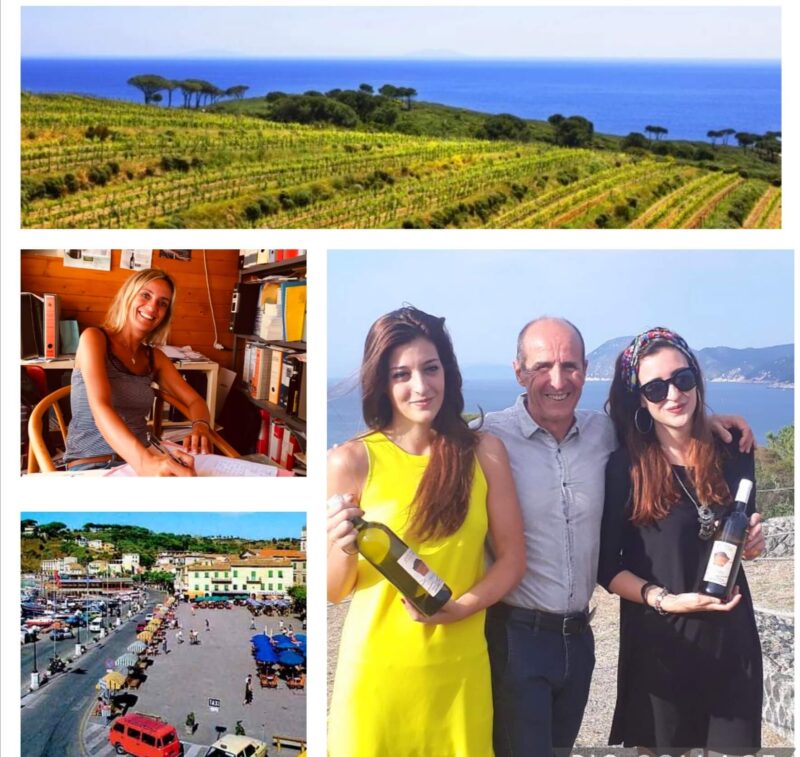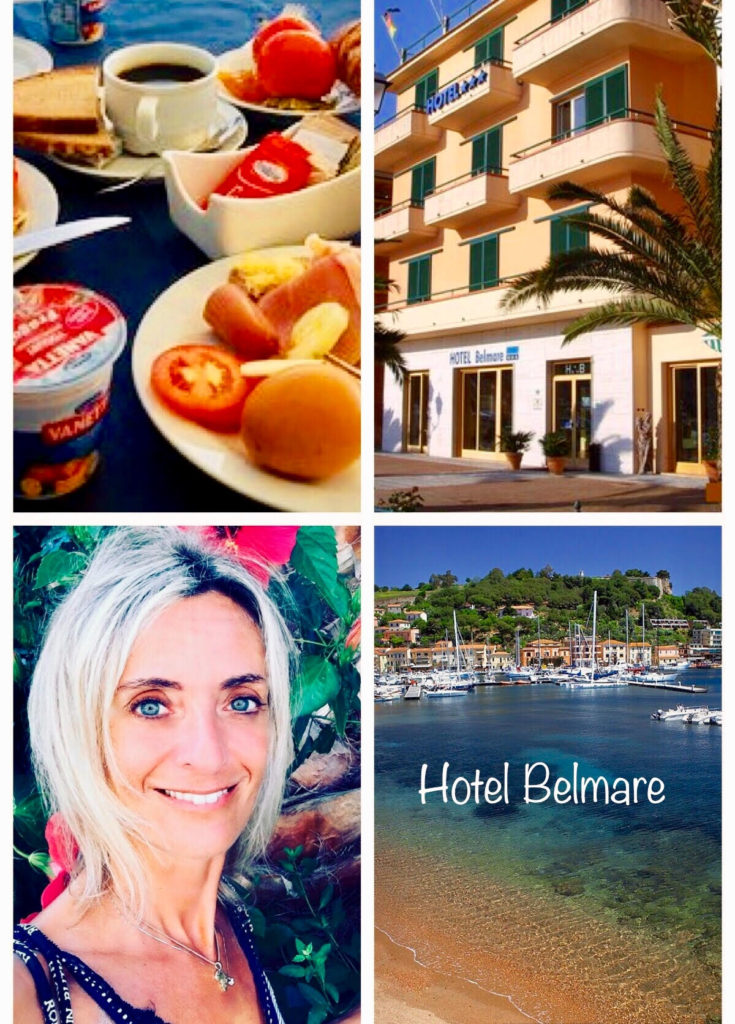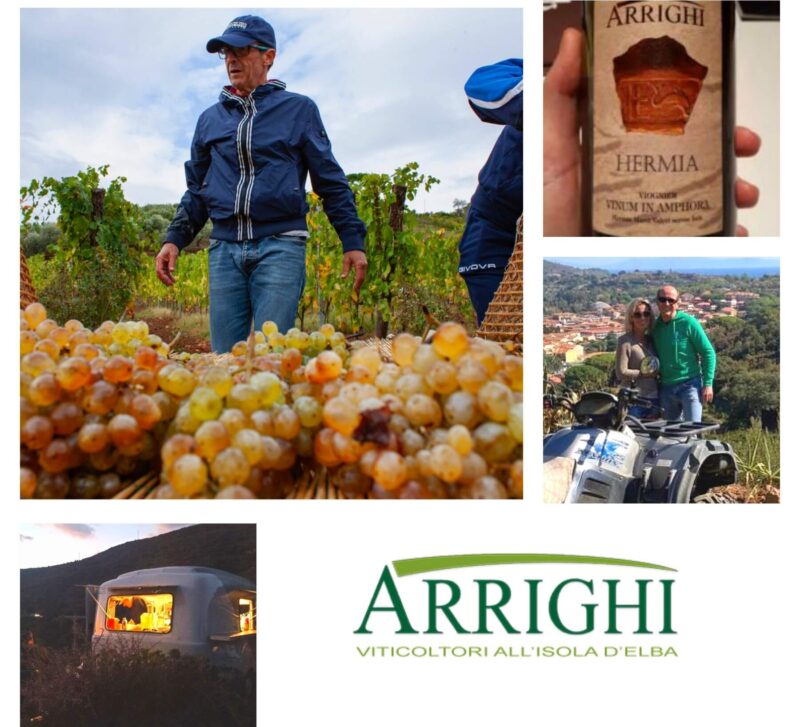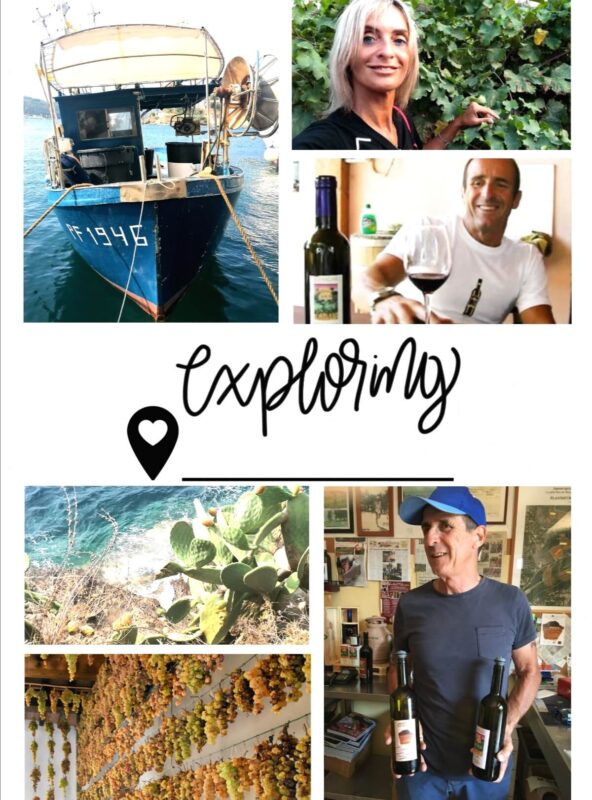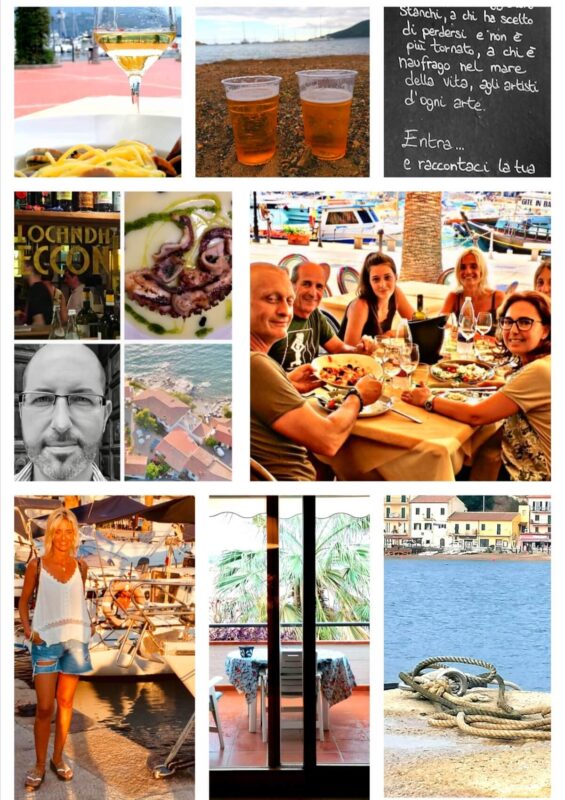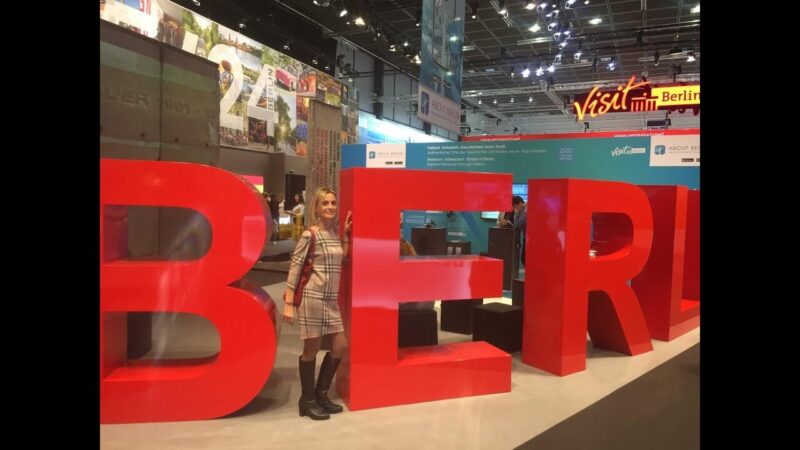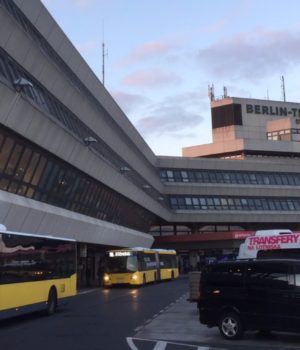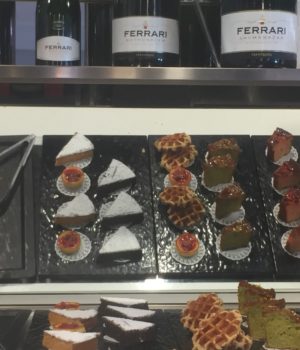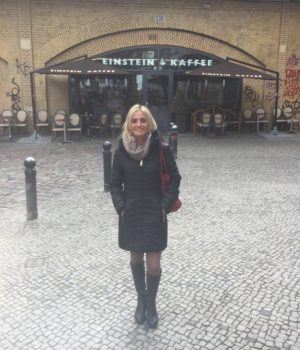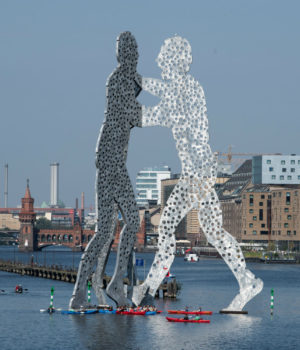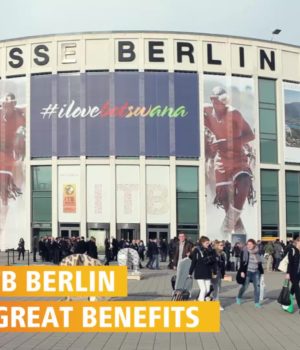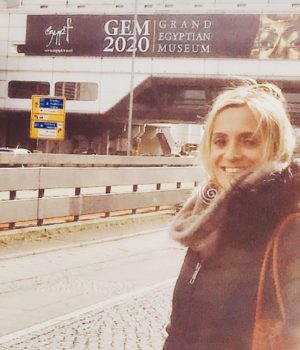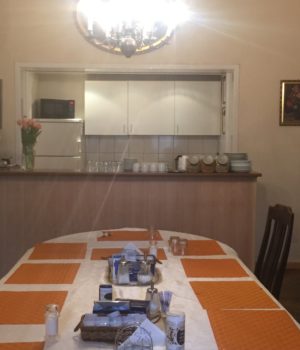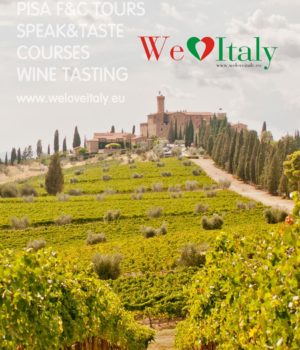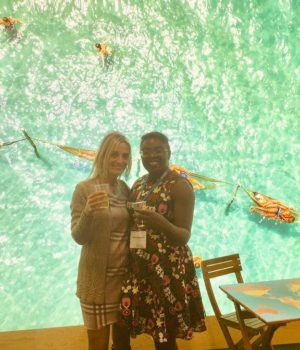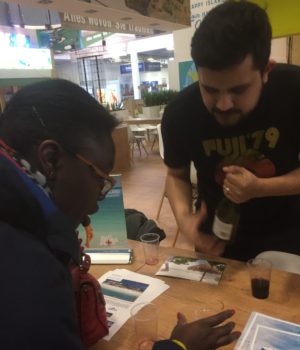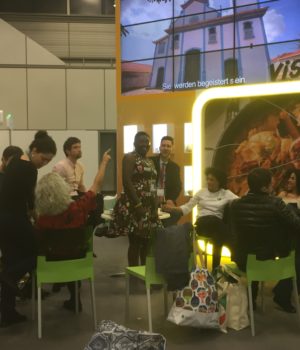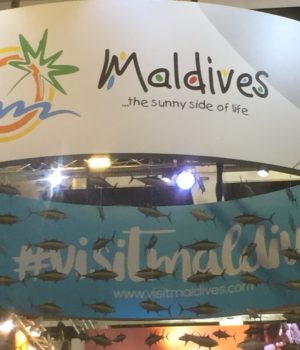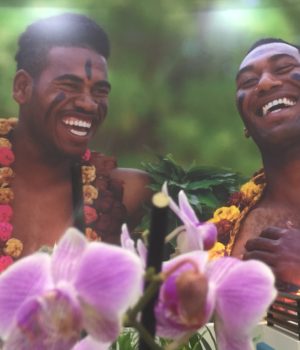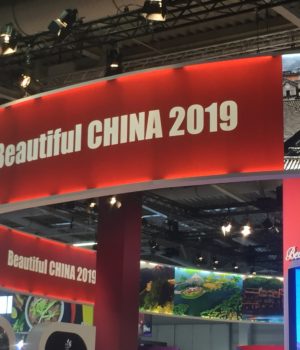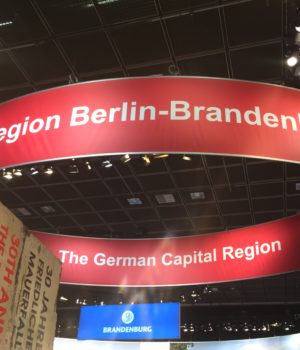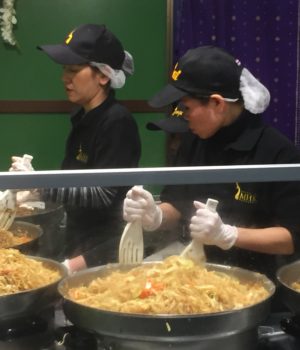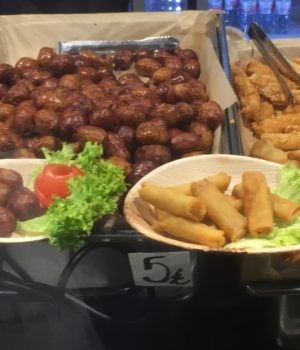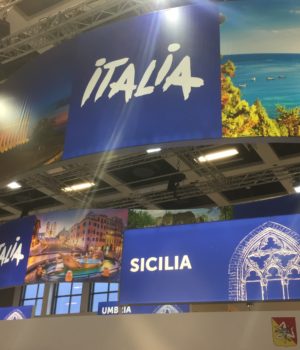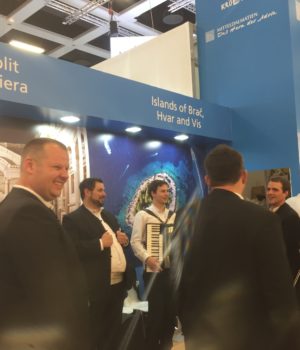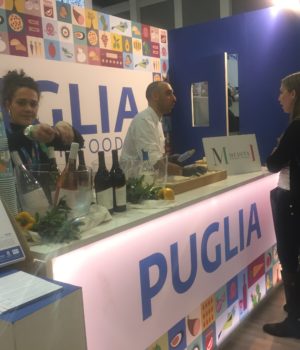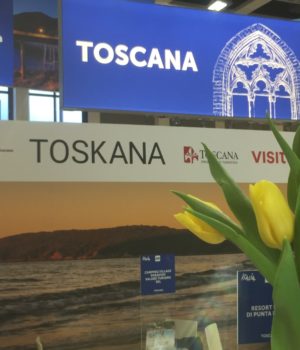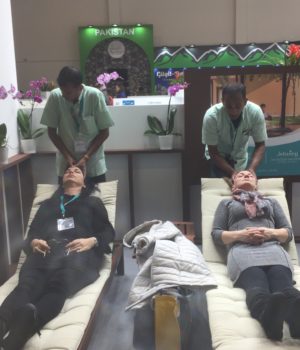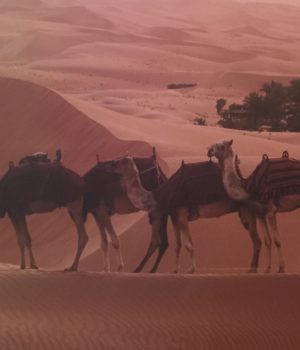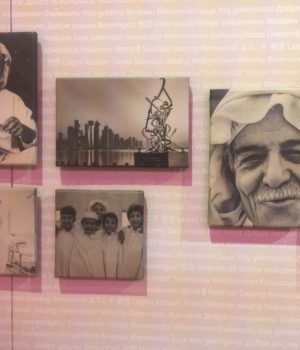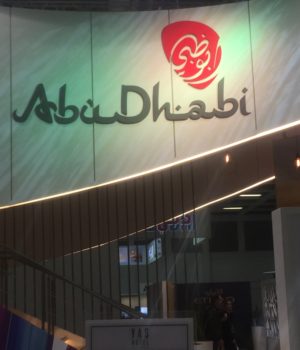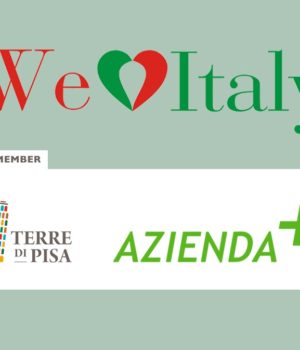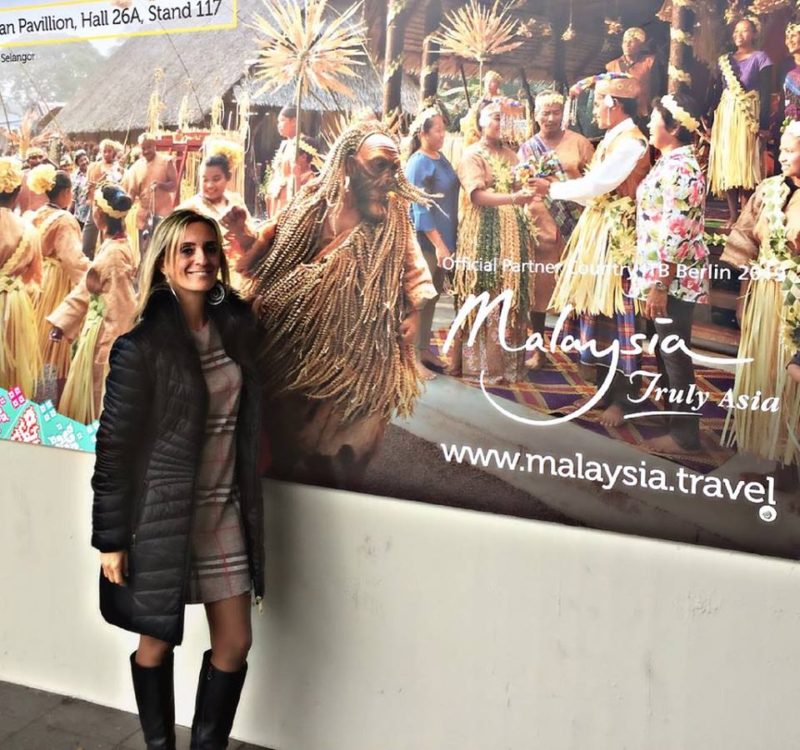“…Sa volare solo chi osa farlo…”
‘Vinho Verde’, l’oro verde del Portogallo. Parte prima
Il ‘Vinho Verde’ è un vino portoghese prevalentemente bianco. Questo sta riscuotendo un’enorme popolarità. Perché? Esso è un lusso alla portata di tutti, per la sua delicatezza, eleganza, e versatilità. Una tipologia di vini adatta a tutti i tipi di piatti e palati. Da quelli più semplici a quelli più esigenti!
Altro e indiscutibile X factor del ‘Vinho Verde’ è la sua frizzantezza, derivante in origine dal carbonio naturale dell’uva. Questa però è ultimamente procurata da molti vignaiuoli con l’aggiunta di una lieve dose di anidride carbonica . Ciò si fa per venire incontro al gusto dei consumatori , specie quelli americani! Venite a scoprire il ‘Vinho Verde’ con me!
‘Vinho Verde’ la DOC del Portogallo
Il ‘Vinho Verde’ è una ‘Denominazione di Origine Protetta’, ed è tipico delle sinuose alture del Nord del Portogallo. Esso trasuda vino dagli albori della viticoltura. Forse il ‘Vinho Verde’ si chiama così per il colore verde dei suoi vigneti . Oppure per le sue uve acerbe , raccolte in anticipo, perché va bevuto giovane.
Come ogni sommelier adoro andare in giro alla ricerca di nettari prelibati. Tra questi annovero il ‘Vinho Verde’ , un vino fresco, erbaceo, sapido, con un sentore di frutta finale che stupisce. Come la vita che ti regala sempre qualcosa di magnifico, quando meno te lo aspetti.
Viaggiare per me è una droga da cui non tento neppure di disintossicarmi. Non perché così si stacco dalla routine, o perché fa tendenza, ma perché mi apre il cuore. Non smetto mai di imparare. Mi fa infatti vedere le cose e la gente da una prospettiva diversa. Controllo meglio i problemi, me stessa e avverto una pace interiore e con l’universo immensa.
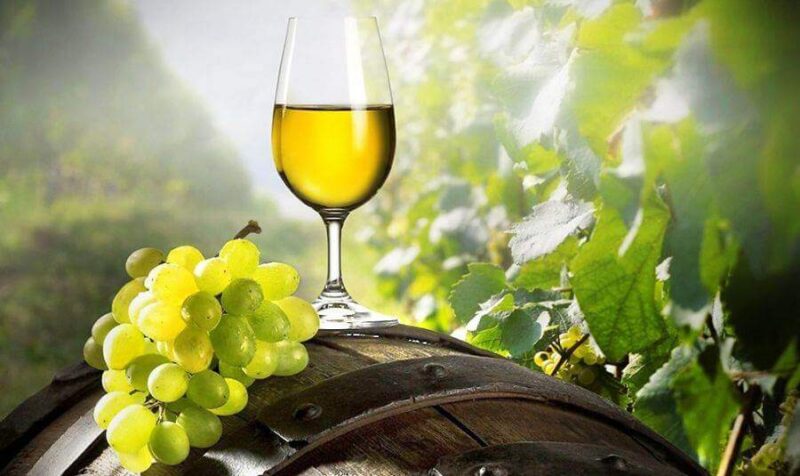
Il mio amore per il Portogallo mi porta alla cantina ‘Quinta de Torre’ di Andrè Amaral
Il Portogallo non me lo tolgo proprio di dosso. A Pasqua del 2017 atterro per la prima volta a Lisbona , che mi strega per il suo patrimonio artistico culturale, il calore del suo popolo e l’azzurro del suo oceano.
A Lisbona ci si perde tra i suoi vicoli irti e ciottolati. Lì si respira un passato glorioso fatto di esplorazioni e conquiste. Queste sono cantate nelle languide musiche del fado , la cui malinconia o saudade si sente nell’aria. Questa musica triste pare manifestarsi al primo chiarore di luna, annidandosi tra i tavoli delle piccole taverne sempre a festa.
Nel 2018 mi dirigo invece ad Algarve, nella splendida Faro, una deliziosa cittadina lusitana, che ipnotizza con le sue falesie grandi come giganti. Una villaggio di pescatori, che acceca lo sguardo con le sue interminabili distese di sabbia dorata e le sue acque cristalline.
Per pura coincidenza o destino non lo so, Andrè Amaral , responsabile di ‘Quinta de Torre’, una delle più prestigiose cantine di ‘Vinho Verde’ del Portogallo, naviga sul mio sito www.WeLoveItaly.eu. Due articoli dedicati a Lisbona e Faro lo incuriosiscono . E così mi contatta attraverso i social.
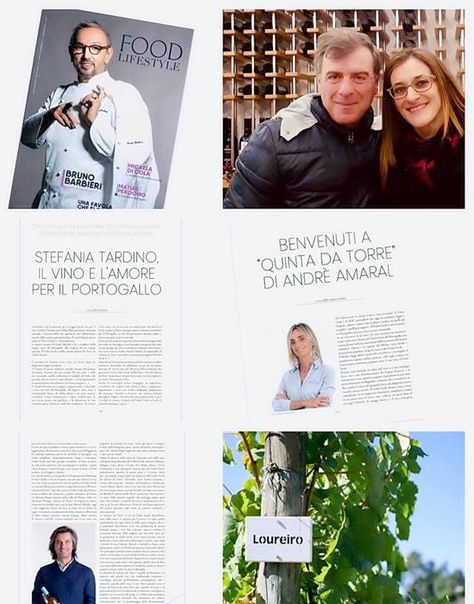
‘Vinho Verde’ una scommessa in Italia
Andrè segue assiduamente il mio diario di bordo virtuale, e questo mio girovagare per posti, e personaggi straordinari . Ci si contatta via etere, e decidiamo di collaborare. L’obiettivo comune è valicare i nostri confini territoriali. Io da reporter del vino in Portogallo, e lui da esportatore del suo Vinho Verde nel nostro bel paese!
Mi rendo conto che si fa sul serio, quando Andrè mi spedisce a Pisa dei campioni dei suoi vini etichettati ‘San Caetano’ . Questi sono chiamati così in onore di una cappella all’interno del suo wine relais . Mi innamoro inevitabilmente di ognuna delle sei bottiglie di ‘Vinho Verde’. Perché penso potrebbero funzionare sia in Toscana che in Puglia!
Inizia la partita!
Queste due regioni infatti sono per lo più vocate ai rossi. E penso che i vini ‘San Caetano’ potrebbero fare gola ai ristoratori delle coste tirreniche e adriatiche. Perchè? Perchè queste bollicine sono esotiche, di alto livello, e hanno ottimo rapporto qualità prezzo. Non male!
Sulla base del ragionamento su fatto, ho provato alla fine a lanciare il ‘‘Vinho Verde’ al Centro Sud. Ed ecco che in Toscana mi avvalgo dell’aiuto di Andrea Baldeschi . Nel suo ristorante ‘Nautilus’ a Tirrenia comincio a organizzare delle cene con i vini ‘San Caetano’ . Questi sono perfetti per esaltare il gusto di ogni tipo di piatto leggero, di terra o di mare che sia. Ed è un successo!
Per la Puglia mi rivolgo invece a Orazio Sinigallia, un eclettico commerciante che promuove i vini ‘San Caetano’ a Bari. Per merito di Orazio mi ritrovo poi a conoscere Carmela Loragno, direttrice di ‘Food Life Style’. Questa è una rivista stellata sulla gastronomia italiana. E per questa scrivo una pagina tutta dedicata al ‘Vinho Verde’ e ai vini di ‘San Caetano’ . Da energia si passa ad altra energia, e si finisce per creare solamente good wibes!
Da Bruxelles a Marco de Canaveses, presso la cantina ‘Quinta de Torre’
Da settembre a dicembre 2019 sono stata impegnata a promuovere i vini ‘San Caetano’ per come su vi ho detto. La richiesta di questi vini portoghesi è stata molto alta. Proprio come mi aspettavo. Poichè questi nettari bianchi non hanno assolutamente nulla da invidiare a un Riesling o a uno Chablis, E per di più il loro costo è decisamente più contenuto.
Il motivo dell’ accessibilità di questi vini portoghesi è dovuta ai costanti sforzi del Portogallo di competere sul mercato internazionale (soprattutto dopo il disastro della sua recessione economica iniziata negli anni Ottanta, e in parte guarita dagli interventi della ‘Comunità Europea’ ).
Bruxelles e Lory
Sulla base dei risultati eccezionali in Italia per la promozione dei suoi vini, finalmente Andrè mi ospita presso la sua cantina ‘Quinta de Torre’ a Marco de Canaveses . Il miracolo accade nel 2020. Trascorro Capodanno di quell’anno con la mia amica Lory a Bruxelles. E da qui volo verso il Portogallo per sperimentare con mano la bellezza di quei luoghi lontani.
Vorrei ringraziare Lory che ha contribuito a questa mia avventura accogliendomi a casa sua a Bruxelles per l’ultimo dell’anno. Questo è anche un modo per esortarvi ad andare in Belgio, perchlé merita davvero. Ecco una lista dei posti da vedere:
If you like my post, please subscribe to the socials of www.WeLoveitaly.eu :


